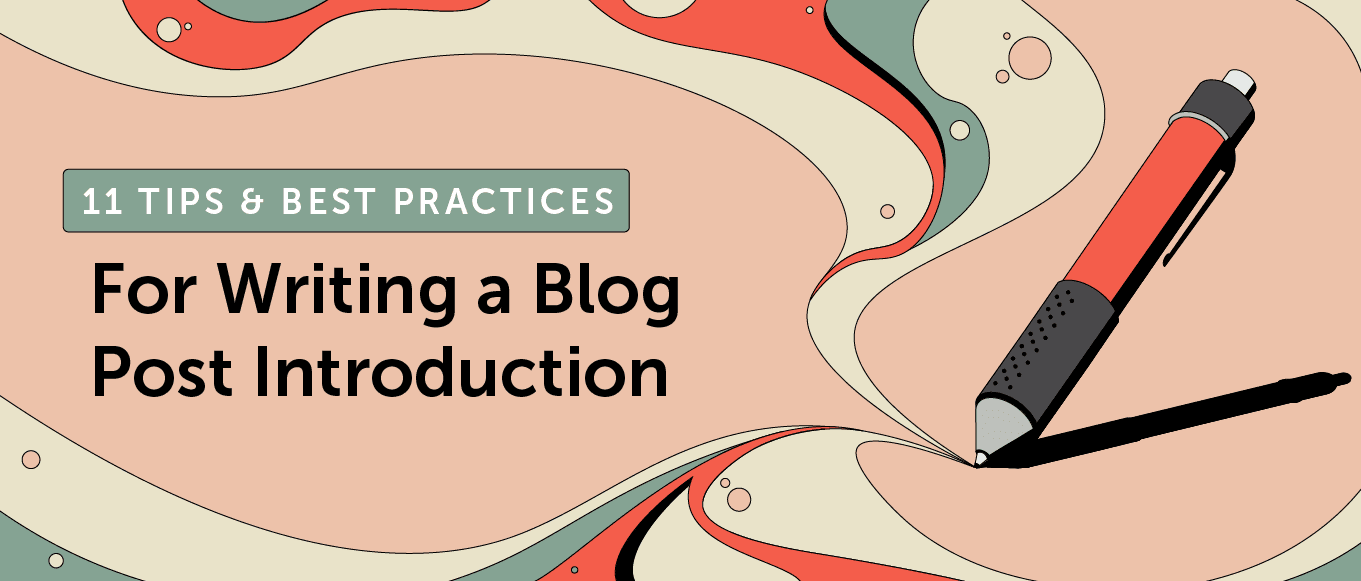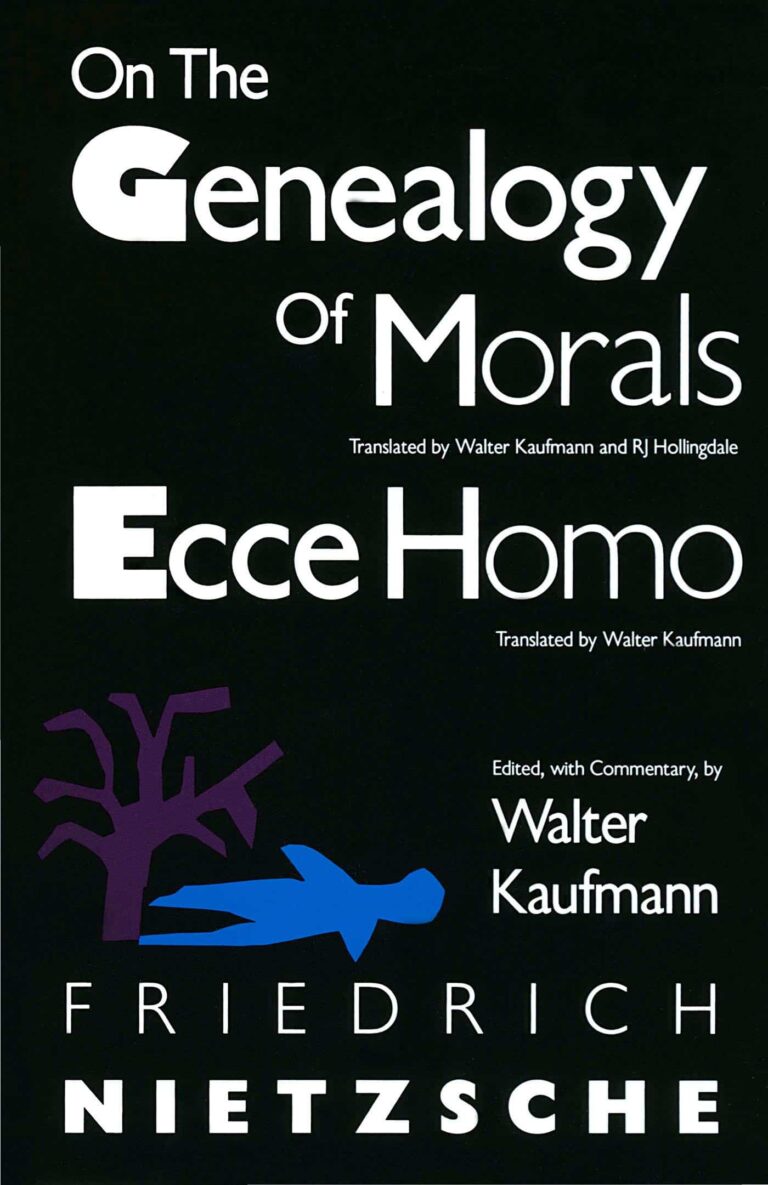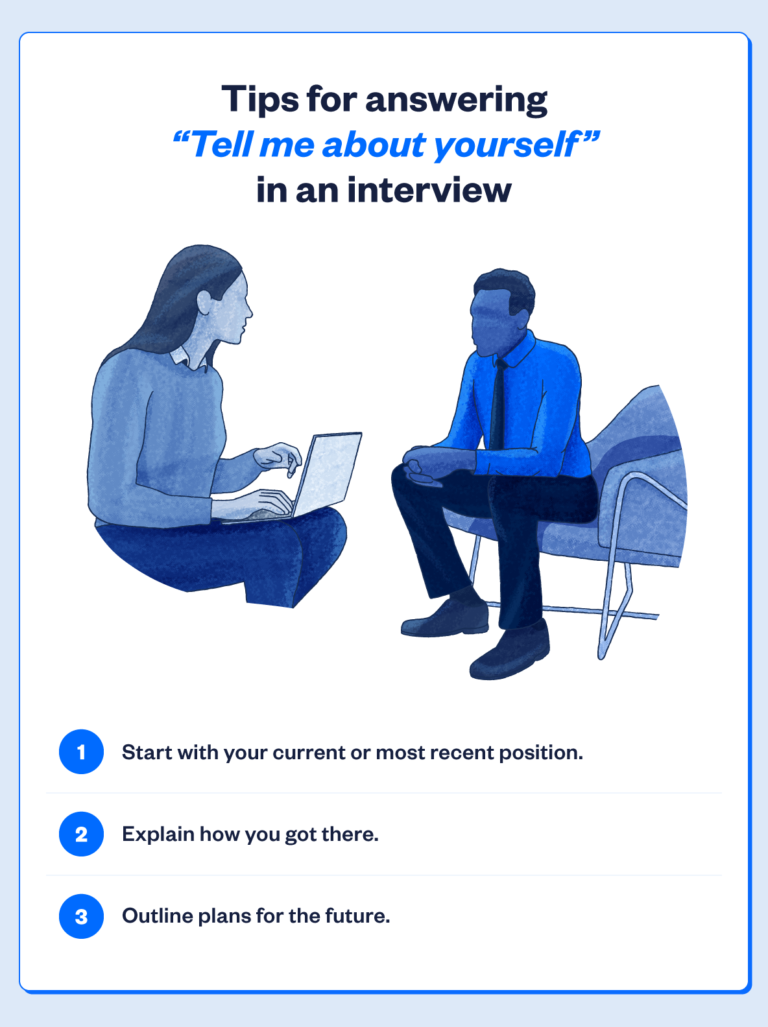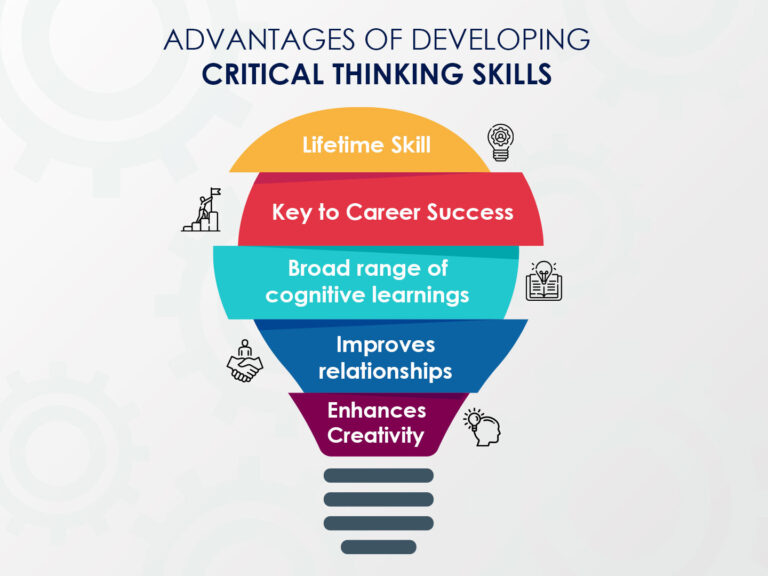
Open-Ended vs. Factual Questions: A Guide for Bloggers
Open-ended and factual questions are different tools for different jobs. Understanding their roles will help you engage your audience more deeply and, in return, strengthen your blog. Both question types offer unique ways to engage readers and draw conclusions, however different ways they achieve these effects.
Understanding the Purpose of Each Question Type
Open-ended questions help explore perspectives and ideas. They spark thoughtful answers, opinions, and reflections. They don’t have one right answer, opening a conversation about ideas. They lead people to feel engaged and provide information, while also getting their personal perspective involved in the reading. Factual questions dig for precise information, making your post very accurate and strong. They verify data or make certain that people understand specifics of a given topic. Both these types, even though serving completely different purposes are essential tools for creating more engagement and clarity.
Crafting Open-Ended Questions
Open-ended questions invite answers with a diverse range of views and feelings. The key is to think deeply, asking “what”, “why” or “how”, which opens room for more creative answers. Using “how” or “what” is important since these words open the room for more thoughtful and comprehensive discussions. Your questions are important because of the ways that these encourage readers to engage more fully in the subject. These questions can give you valuable insights. This includes everything from understanding emotional responses to having a simple conversation on how it makes someone feel.
Key Starting Words for Open-Ended Questions
A list of starting words to create strong, inviting questions.
- What
- How
- Why
- Which
- Describe
- Explain
- How do you feel about…
- In your experience…
Encouraging Deeper Engagement with Open-Ended Questions
Encourage further thought, reflection and insights by using words like, “in your experience” and, “How do you feel about,” etc., and adding small, important prompts that help the readers. Open-ended questions allow your audience to share their thoughts. This encourages a very important interactive session. To keep this conversation going make sure to offer a reply whenever appropriate. Important tip: Answer your own questions first!
Crafting Factual Questions
Factual questions aim to pinpoint precise information within your content. Use precise phrasing and avoid multiple ideas in one question. Clear phrasing here leads to correct and efficient replies. Using question words like “who,” “where,” and “when” narrows answers down and avoids multiple topics. These can improve understanding, clarity and reliability to a blog post,
Ensuring Accuracy and Objectivity in Factual Questions
When making factual questions, it’s critical to double-check facts are accurate. A high number of factual questions in your article shows commitment to accuracy and objectiveness. Facts add up in your post’s accuracy. By giving your blog a very thorough examination using factual data and question types, it keeps you focused on strong quality.
By strategically blending these two types, you can make your blog stand out. Open-ended questions create conversations and explorations of readers’ experiences; factual questions are useful for verifying and refining content. Both types add value; one lets people have their say, and the other ensures quality. It’s like making two good teams to get the better game outcome, which in turn produces valuable posts.

Source: voxco.com
5 Ways to Craft Engaging Questions from Blog Content

Source: wixstatic.com
Blog posts are not just for giving info, they’re for talking. Talking with people. Great questions bring people in, making them feel heard and seen. Engaging questions do the heavy lifting, making a post stand out. Here’s how to do it right:
1. Identify Key Concepts
First, spot the major ideas your blog is talking about. These aren’t little things, they’re the big pictures that define your writing. Know what you are explaining. Focus on the core idea, like comparing two different styles of parenting, then find the questions related to that difference. For example: If your blog post dives into “the secrets of successful teamwork,” you need to clearly grasp successful teamwork. Breaking it down is your key.
2. Turn Concepts into Questions

Source: website-files.com
Once you find these key ideas, the second step is easy. Just create a bunch of questions around it. You know, turn all that brain stuff into queries for people. This can look like how can people make this work?, what if it goes wrong?, how often this happen in reality?, what steps do people take?. This helps connect with readers and opens their minds to the things you know. The more questions, the better chance readers have of engaging in an enriching and meaningful interaction with your writing.

Source: neilpatel.com
3. Start with Open-Ended Words
Questions that truly get readers going have a touch of creativity to them, starting the conversation with why, how, or what if. These words bring in different viewpoints. People enjoy seeing many perspectives on things; make their response engaging and interesting, making them think more deeply and share thoughts, creating something real. Why are social media campaigns better nowadays?, How to avoid potential financial problems in life?, These questions grab hold and encourage people to share, and keep them in the conversation. Think about what open-ended means in a conversation and what makes readers interested in these queries.
4. Incorporate Factual Questions
Some of the most useful kinds of questions help readers check what they already know about something and relate this information. Facts help your information be well-informed. Factual questions can verify details presented in the post or can get the readers talking about other related points of information, too. For example, a fact-based query might go Is technology always leading?, How much effect it is on the actual development of the mind? You have to focus on details relevant to your topic. The stronger and better the information, the greater is the clarity and more efficient will the article turn.
5. Encourage Interaction
Think about what the questions would do in person and try your best to apply it here! Questions related to the topics can bring in better participation and interaction with the material you are posting about. By prompting conversations with those that can relate, or create discussion, people feel connected and the feeling keeps the quality of the writing above board. Getting readers involved isn’t just a tactic—it’s building community. According to a survey of over 2,000 readers by the blog, the most engaging content generates discussions among visitors (78%). Using interactional language, you’ll improve reader connection in your post by sparking engagement in the blog post content.
7 Reasons Why Asking Questions Improves Your Blog
Asking questions in blog posts isn’t just a nice touch; it’s a powerful tool. It directly impacts reader engagement, SEO, and the overall quality of your content.
1. Increased Reader Engagement
Questions hook readers. They invite participation. People like to feel involved, not just read passive information. A simple question like, “Have you ever struggled with this?” creates a sense of community, encourages interaction, and directly boosts readership engagement. This is crucial for building a loyal audience. A reader who engages with your blog will stick around longer, potentially boosting pageviews and ultimately, helping your rankings in the search engines.

Source: theblogstarter.com
2. Encourages Comments and Discussions
Well-placed questions spark dialogue. They provide a reason for people to comment, share thoughts, and ask their own questions. This creates a more interactive experience, turning your blog into a lively discussion hub. You’re giving visitors more to react to than just stating opinions in their comments, leading to valuable conversations.
3. Improves Content Clarity
Asking questions forces you to think clearly. Answering your questions involves thorough research and organization, making the entire piece crisper and more understandable. This can avoid complex wording. Clear content will be more understandable for readers of different language levels and comprehension capabilities.
4. Demonstrates Expertise
Questions also signal authority. Your ability to pose thought-provoking queries, coupled with helpful answers, projects competence. It indicates your in-depth understanding of the topic. This expert reputation encourages trust and establishes you as a source for future information needs. This helps draw loyal readers, and makes future content you write have even greater value.
5. Boosts SEO
Studies show a correlation between active user engagement (like comments and questions) and improved SEO rankings. A dynamic interaction rate with readers on your blog pages leads to better Google results and increased traffic flow. SEO works when content actively helps visitors.
6. Deeper Content Exploration
Effective questions encourage you to explore a topic more deeply. They help discover details, angles, and implications you might otherwise overlook. The act of actively engaging with the material helps produce valuable content readers connect with. This in-depth, valuable information can differentiate you from simpler blogs and improve customer satisfaction ratings over time.
7. Better Understanding of Audience Needs
Questions help identify what your audience is thinking. It exposes areas they find tricky, questions they want answers to, or what issues they face. Paying attention to questions helps create content they will like and resonate with. Your analysis of their concerns helps target future content to fit readers’ current interests.
Ultimately, asking good questions can elevate a blog. These are only some factors why it’s worth considering. Combining strong topics with simple, meaningful questions improves reader engagement and fosters a dedicated audience. This dynamic approach drives growth, visibility, and keeps readers coming back for more.
Crafting the Perfect Blog Question: A Step-by-Step Guide
Blog questions are important for readers’ involvement. Getting the right one is vital. A well-crafted query can draw attention and fuel conversation. Knowing how to craft a good one is key for any successful blogger.
Defining Your Objective:
Start by understanding your purpose. What do you want readers to think about or do? Knowing the core concepts of your blog post helps decide what the perfect question should be. What do you want your reader to do or understand from this? Pinpointing that helps. Focus on what you hope to achieve, and that helps in every step forward.
Choosing the Right Question Type:
Consider if you need varied opinions (open-ended) or exact answers (factual). Open-ended prompts encourage discussion, while factual questions need correct answers. It’s important to decide what kind of reply you’re expecting from your questions. A successful query type needs to align with this need.
Phrasing the Question Effectively:
Keep your questions clear. Long, complex questions are hard to grasp. Use straightforward, uncomplicated words and sentence structures. A reader must instantly understand what you’re asking.
Testing Your Questions:
Ask a small group. Gather feedback on their comprehension and understanding. Do people grasp what you are asking? Get a feel if the questions are direct, and clearly focused and answerable.
Evaluating and Refining Your Questions:
Look at responses carefully. What parts worked best? Are there confusing aspects you need to simplify? Analyze every aspect carefully. Look at how to enhance or restructure questions so they feel more efficient and impactful, this will determine how well the readers’ attention are drawn in to reading on and reacting, this needs refinement. Revise any part you felt less effective on and do your best on parts you are confident will make the question perfect.
Understanding these steps will take you closer to having reader’s involvement. Blog writing, which drives attention is important and that involves crafting perfect questions that can draw engagement, increase feedback, and ultimately, success.
Mastering the Art of Blog Questioning
Blog questions are not just fillers. They’re powerful tools, crucial to engaging your audience and steering content. It’s all about understanding your readers and crafting relevant queries that draw them in.
Understanding Your Audience: Knowing your audience is key to successful questioning. Who are you trying to reach? What are their interests? What are their needs? If you grasp these things, you will ask much more relevant and appealing questions. Research is useful, you should know your demographics (age, location, income) to tailor the style and types of questions. This understanding influences your tone, style, and the subject matters you explore. This approach elevates your engagement.
Finding the Right Balance: Crafting great blog questions is about finding a healthy balance. Combine both factual questions (with specific answers) and open-ended questions (encouraging discussion). This balance maintains engagement and fosters a more active reader. Using one kind of question can dull the reader.
Placing Questions Strategically: The location of your question is super important. Where you position a question strongly influences reader engagement. Put it just when the reader is eager to get more information, or immediately after a key piece of data, to hook them in further. This is especially impactful when it aligns with logical flow, moving from a broader idea to a more specific.
Encouraging Different Perspectives: Fostering discussion by including different viewpoints, creating diversity and including a mix of opinions is effective. Show an effort to involve all ideas. This creates a lively conversation on your blog, showing people that their perspectives are important. A simple, effective way to encourage multiple points of view is to start every question with a broad word or term like “some” or “many.”

Source: coschedule.com
Using Questions to Guide Your Content: The purpose of your questions in some posts are more like cues or ideas for guiding readers through content; they steer their interest. Your queries must naturally follow and be connected with ideas explored in the text, leading the readers in your intended direction. Asking specific questions to draw your reader to your main points is very important. A good question can immediately focus your reader. For example: if you discuss a hot button issue, you could introduce questions directly challenging opinions on both sides. Questions here serve as a framework, a path towards the intended knowledge for your audience.
Using Questions to Prompt Action: A really strong question may immediately get readers involved in the action (share, react, give a suggestion, provide feedback, or ask questions themselves.). Some writers will put action-orientated questions in their closing paragraph to reinforce your purpose, suggesting readers do some specific things. For example, request feedback on topics mentioned. You can also suggest how readers should explore related content to gain knowledge, leading to more views and a more complete understanding of their topic. The action you want to evoke from a question needs to match the rest of the blog. This alignment gives an opportunity to invite reader responses on various blogs you have written to build community engagement. Your action can include asking readers to visit your social media, share to a group, or comment to make a real-world impact.
Beyond the Basics: Elevating Your Blog with Powerful Questions
Powerful questions aren’t just for surveys; they’re the key to unlocking deeper engagement on your blog. Think of questions not as simple requests for information, but as a potent catalyst for discussion and connection. Readers respond to questions that show you genuinely care about their opinions, turning a simple read into a meaningful exchange. They help forge connections with your audience, drive traffic and, crucially, produce more content.
Instead of simply presenting facts, consider provoking thought. This technique fosters a sense of community amongst readers. When individuals feel valued for their perspective, they’re more likely to return to your blog. You can turn your readers from passive consumers to active participants. They will feel involved and appreciated; they become eager to interact more. Asking thoughtful questions can open avenues to exciting and unexpected discussions. Your blog, initially a source of information, morphs into an engaging conversational space, generating far more engagement.
Creating a Sense of Community
A strong online community doesn’t just happen; it needs cultivation. Engaging questions are vital tools in building a strong community. These interactions create an environment where people feel comfortable sharing ideas, forming friendships, and, importantly, knowing they’re valued. They are also active members of a conversation. It can be as simple as asking “What is your favorite part of this subject?”. Simple inquiries encourage open-mindedness. These casual conversations help strengthen relationships and trust within the community. A question about an upcoming topic can reveal common interests and spark collaboration, generating an even richer dialogue amongst community members.
Fostering Meaningful Discussions
Asking good questions is half the battle; the other half involves actively responding and creating spaces for dialogue. If a thoughtful question ignites passionate debate and debate amongst readers, embrace and moderate it, ensuring no insults and trolls destroy this important space. Encourage responses from various perspectives, offering a platform where contrasting viewpoints can meet. Allow space for these kinds of conversations. This showcases a concern with the thoughts of others and the subject’s importance in people’s lives. This reciprocating value fuels the interactions in a supportive space.
Focus on questions with depth and purpose. Questions requiring thought encourage genuine involvement. Avoid simple ‘yes’ or ‘no’ answers; look for answers that delve deeper. Prompt individuals to explain, analyze, and argue, rather than only express opinions. A simple “How can we improve this?” can lead to more engagement than any list of steps to take. A simple and relevant answer will engage and connect you with them further, strengthening your connection.

Source: pinimg.com
Building Relationships with Your Audience
Establishing rapport is key to a thriving online community. Engage personally with commenters. If you find similarities or connections, respond accordingly. These connections lead to a greater sense of belonging and investment. Regular communication fosters bonds. By responding to a certain comment or individual, you increase a sense of direct investment in their well being, and vice-versa. Regular interactions demonstrate your dedication, growing readers into loyal followers and ambassadors of your content. When they feel seen and heard, trust and affection naturally build.
Driving Traffic and Engagement
Great questions are not only helpful but bring engagement in high numbers. Think about how many times your readers have engaged when asked thoughtful, in-depth questions compared to pages where the text goes on for a long time, without much information and value.
Engagement directly leads to organic traffic. High interaction rates show Google you are providing interesting content worth reading, helping to improve your rankings, thereby pulling even more people into the community. Engaging posts rank higher in search results, bringing new visitors to your blog who may never have discovered it otherwise. An engaged readership directly impacts website rankings. Questions build buzz, which leads to heightened interest and brings potential readers closer to clicking on your posts. When others share these meaningful discussions through different social media sites, that brings even more people to your site.
Generating New Content Ideas
Questions unlock fresh ideas in fascinating ways, according to countless discussions. When readers participate, their insights unlock innovative, relevant directions for your next posts, blog, or even upcoming publications. The interaction generated from a specific question can uncover previously unknown areas and opportunities for unique content. Look closely and note patterns from common comments and suggestions, and the needs they reflect for future content creation. People directly involved in topics that you cover bring unique viewpoints; those become seeds for entirely new lines of research. A quick read or simple idea to use can generate thousands in content ideas to work with, allowing for significant expansion on previously uncharted ground and a boost to your business’ reputation for innovation.






